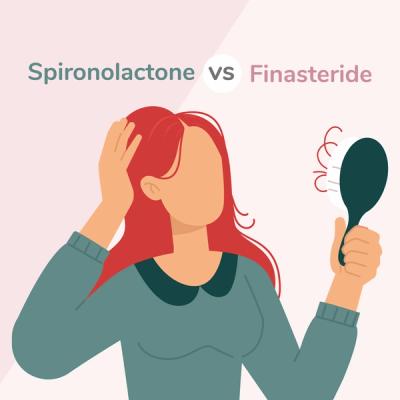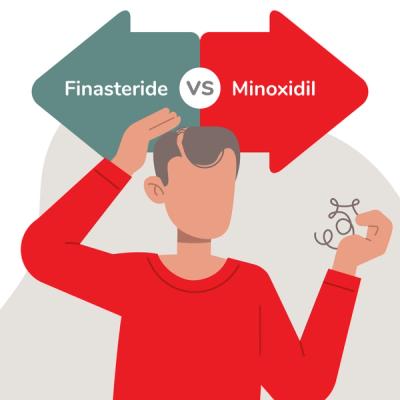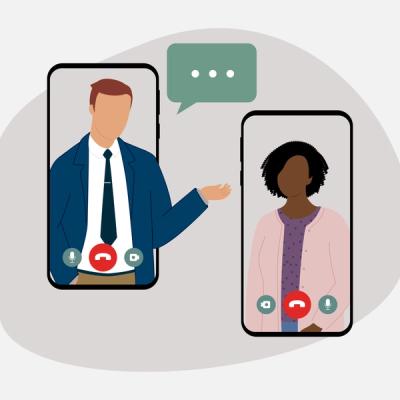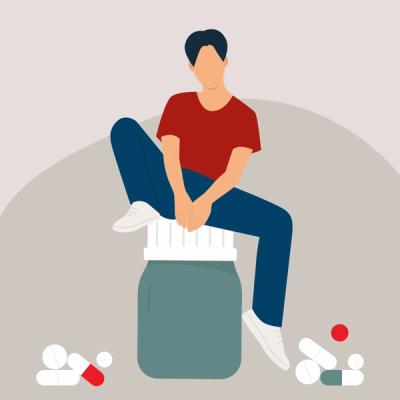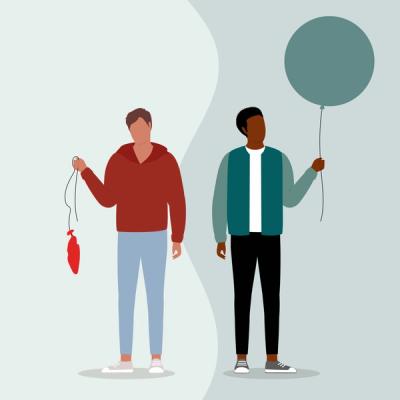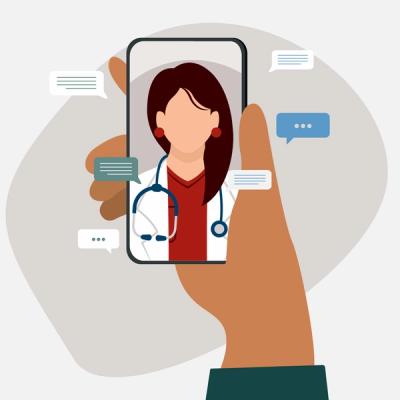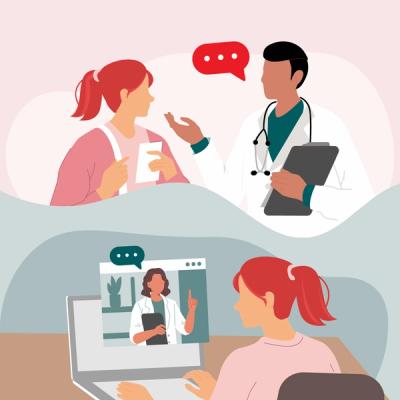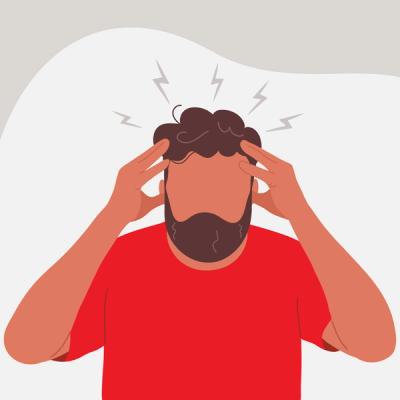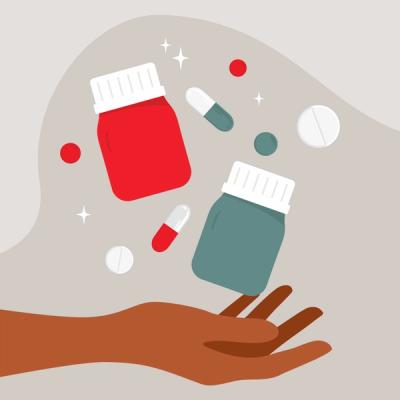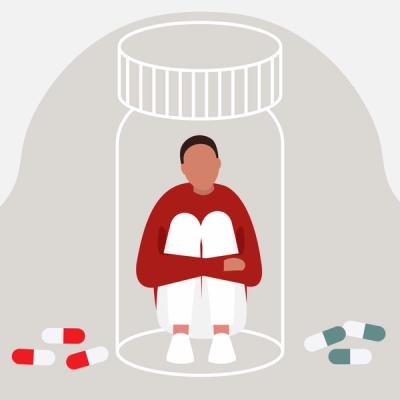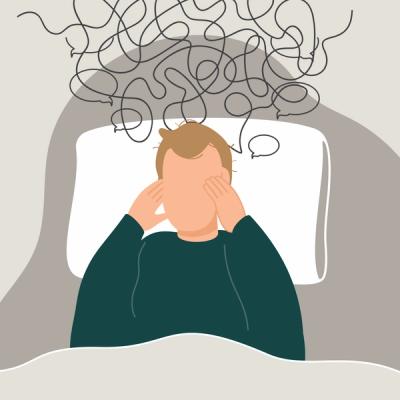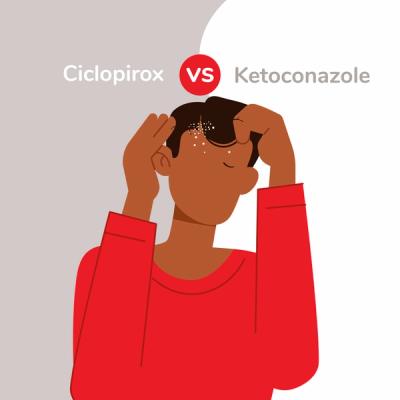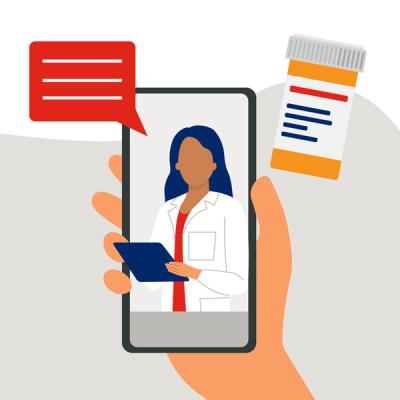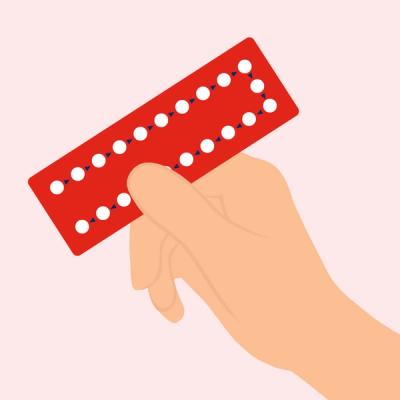This page is no longer available
RedBox Rx Blog
Maximize your health and well-being with expert guidance and practical tips from licensed providers.

Tretinoin Strengths & Dosing: Everything You Need to Know
April 15, 2025 | 3 Min Read
Tretinoin is a powerful skincare treatment, but choosing the right strength is key. Our guide breaks down tretinoin dosages for acne, anti-aging, and hyperpigmentation, explaining different formulations to help you discuss options with your doctor.
Read the articleTazarotene (Tazorac®) vs. Tretinoin (Retin-A®): What’s Best for Aging & Wrinkles?
May 02, 2024 | 3 Min Read
Sinus Infection vs. COVID-19 vs. Cold: Compare Symptoms, Treatments & More
February 14, 2024 | 4 Min Read
Tretinoin (Retin-A®) vs. Retinol vs. Retinoid: What’s the Difference?
December 20, 2023 | 2 Min Read
Mirtazapine (Remeron®) vs. Trazodone (Desyrel®) Antidepressants for Sleep: How Do They Compare?
November 22, 2023 | 3 Min Read
Acute Migraine Relief Meds: Rimegepant (Nurtec® ODT) vs. Sumatriptan (Imitrex®)
October 25, 2023 | 3 Min Read
Sertraline (Zoloft®) vs. Paroxetine (Paxil®) for Premature Ejaculation
September 08, 2023 | 3 Min Read
Adapalene (Differin®) vs. Tretinoin (Retin-A®): What’s Best for Aging & Wrinkles?
August 17, 2023 | 3 Min Read
Fluconazole (Diflucan®) vs. Miconazole (Monistat®): Which is Best for Yeast Infections?
July 19, 2023 | 3 Min Read
Migraine Prevention Medication Guide: Amitriptyline, Propranolol, Topiramate and More
June 27, 2023 | 8 Min Read
Prescription Sleep Medications Guide: Trazodone, Hydroxyzine, Mirtazapine and More
May 30, 2023 | 4 Min Read
Excessive Sweating (Hyperhidrosis): What’s the Best Deodorant or Antiperspirant?
May 11, 2023 | 1 Min Read
Subscribe to The RedBox Rx Newsletter
Get regular updates from RedBox Rx about conditions, treatments and special offers.
By subscribing you agree to receive emails from RedBox Rx. You may unsubscribe at anytime.

